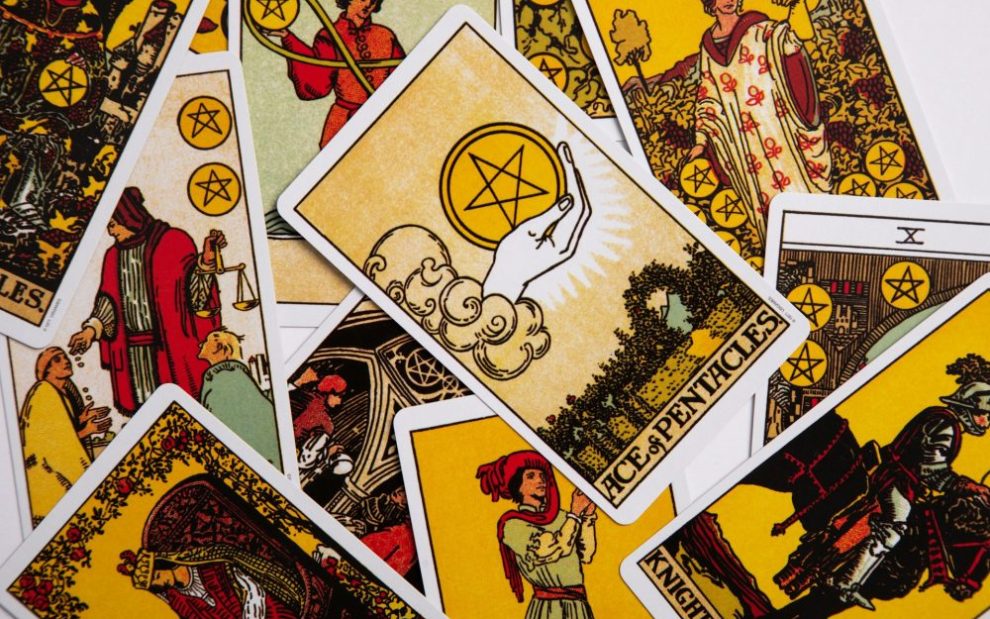The oldest deck of tarot cards belonged to Italian cardinal Ascanio Sforza. In its earliest incarnation, tarot, or tarocchi, was an Italian card game popular among the upper classes. The decks were often luxury objects, small works of art that wealthy patrons commissioned to give as gifts to their friends. Card games became popular among the masses when the printing press allowed for cheap mass production of card decks.
During the 16th century, tarot and other games of chance were condemned by both civil and religious authorities who argued that such games were rigged and dishonest. The Jesuits in particular tried to organize alternatives to card games after ministering to working men and women who lost their wages to card sharks.
It was not until the eve of the French Revolution that tarot decks started to be used in cartomancy, the practice of trying to discern the future through drawing and reading cards. Antoine Court de Gebelin, a minister, scholar, and voracious, if not especially discerning, reader, first gave the card game its esoteric significance. Court de Gebelin argued the illustrations on tarot cards were Europeanized images from the ancient Egyptian Book of Thoth.
This interpretation was promptly disproved by actual Egyptologists, but that hardly mattered to the upper middle-class Frenchmen who adopted the practice. These men were not members of the hereditary aristocracy; even if they were smarter and richer than the aristocrats, they lacked the aristocracy’s legal privileges. At the same time, these men considered radical egalitarianism a threat to their status. Tarot reading served as a balm for class anxiety.
Today, tarot has become democratized. Among the 50,000 plus results for tarot on Amazon are the “Tarot of the Unexplained: A Deck of Cryptids, Ghosts, UFOs and Other Urban Oddities,” the “Disney Villains Tarot Deck and Guidebook,” which comes in both original and Funko-branded illustrations, and for pet lovers, both a “Cats Rule the Earth” tarot and a “For the Dogs” tarot.
The Catholic Church teaches that tarot, along with other divination practices, “contradict the honor, respect, and loving fear we owe to God alone.” Surely, though, there are far greater offenses to God than pulling a Sasquatch, a Scar, or Samoyed from a deck of cards.
Tarot reading became popular because it promised to bring ancient knowledge and order to bear on contemporary chaos: The cards are drawn at random, and the reader uses his or her skill to give the symbols meaning. For most people, this is a fun diversion. For some, who pay hundreds of dollars to attend seminars on the meanings of the cards or do readings via Zoom, it becomes a troubling financial commitment. If the contemporary church is worried about tarot, maybe they could take a page from the leaders who combatted gambling in the 16th century: recognize that anxious people are easy marks. Then, offer them a free and convincing alternative.
This article also appears in the October 2024 issue of U.S. Catholic (Vol. 89, No. 10, page 49). Click here to subscribe to the magazine.
Image: Unsplash/Viva Luna Studios













Add comment